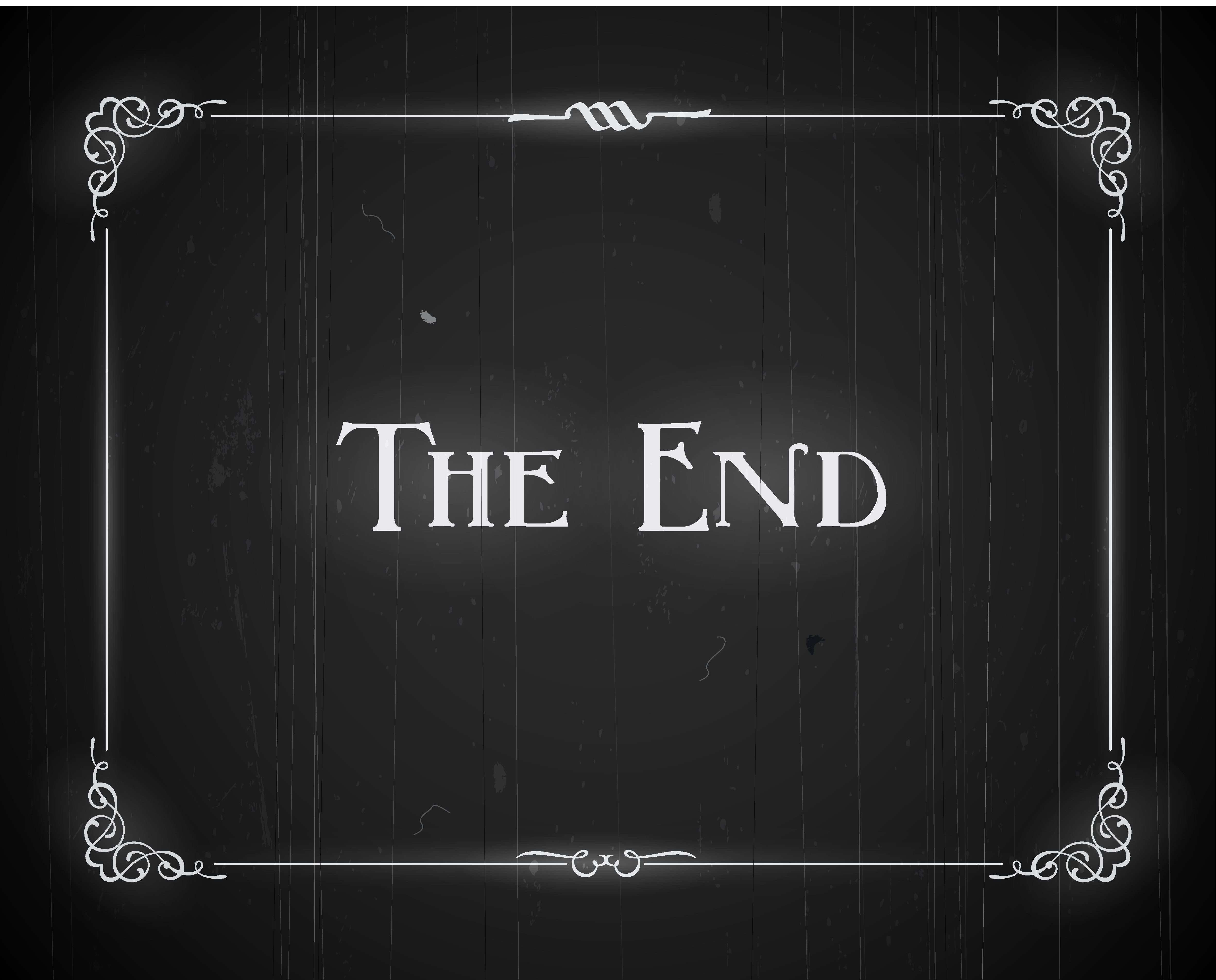How to write a synopsis
A synopsis is a clear and direct summary of your manuscript that should highlight your engaging protagonist, your emotional arc, the originality of your vision, and the logic of your plot.
Notice that I mentioned plot last. While a plot summary is an important aspect of a synopsis—agents and publishers want to verify that your story has internal logic—the plot is only the framework. The true essence that keeps readers turning pages is everything else: emotional appeal, character motivation, and the protagonist’s relentless struggle toward a goal. If your synopsis reads like a dry list of sequential events, then you have missed the mark.

Formatting
- Double-space if more than one page
- Stick to third person, present tense
- Use a standard font like Times New Roman or Arial
- Highlight the first mention of character names in bold or CAPS
Length
Opinions vary. Always check submission requirements. Some agents don’t even want to see a synopsis. Others ask for something longer or shorter. If they ask for a synopsis but don’t specify length, opt for shorter—about 500 words.
Apparently, there are some publishers out there who want to see everything laid out, all subplots and relationship arcs, in a 25-page beast. I’ve personally never encountered this, and I’d be tempted to call such a thing an outline.
Realistically, in my experience, you will need one longer synopsis of 3 to 4 pages, and a shorter one of about 500 words.
Save yourself some trouble and write the long one first, then refine it down to one tight page. If you aren’t yet traumatized by this process, keep going until you can whittle the synopsis into 30 words. At this length, it’s a pitch, not a synopsis, but it’s also a critical summary that can be used in your query letters and your agent’s queries to publishers, as well as some online book listings.
Structure
Some people recommend writing one or two sentences to summarize each chapter or scene, then hacking and slashing everything into place. However, this can lead to a dry plot summary, or to a synopsis that doesn’t balance the most critical aspects of your storytelling. Whether or not you take this approach, make sure you represent the underlying narrative structure.
- Stasis
This is the setting and/or circumstance that your protagonist will leave behind. It’s possible for the stasis to come before the beginning of the story. It could be childhood, a relationship, a job, a place, or even an idea—whatever will change as the protagonist sets out in search of a new life, relationship, job, etc.
Your description of stasis and setting should be short and sweet. One sentence will be plenty for most stories. However, works of speculative fiction may need a few sentences to establish key world-building details or histories.
- Inciting incident and point of no return
In nearly every story ever told, there is an inciting incident that marks the beginning of the protagonist’s new trajectory away from stasis. This could be the first glimpse of a would-be lover, a phone call in the night, or the death of a loved one. The antagonist, or a hint of the antagonist, often appears here.
Also in nearly every story is a point of no return that follows the inciting incident—when the protagonist makes a choice that sets them on their path. Once this choice is made, it will be difficult or impossible to take it back. The point of no return might immediately follow the inciting incident, or it might come later, as choices and conflict accumulate.
- Rising action
This is the meat of the first and second act, everything that leads to the main crisis of the story. Reveal the plot through your characters, their motivations, their choices, the obstacles they encounter, and how their struggle affects them. Your protagonist AND antagonist are developed through rising action.
In both your synopsis and story, the characters should be driving the plot, not the other way around. Make sure they have agency—that their decisions and mistakes are moving things forward and building momentum.
- Crisis: all is lost
This is the crisis that leads to the climax. Your protagonist has reached the narrative rock-bottom: his love interest has left him, she’s been fired from her job, they’ve lost the magical artifact they sought to protect. In contrast, the antagonist is poised to win out.
- Resolution
The resolution starts with your story’s climax—how the protagonist responds after the crisis—whether they win back a lover, orchestrate an enemy’s downfall, or save the world. You should also include the closing emotional turns and final relationship arcs that have underpinned the protagonist’s motivations.
Avoid the temptation to skip the ending in a dramatic cliff-hanger. Agents and publishers want to know how your story ends so they can assess whether your ending makes logical sense. You don’t have to reveal the conclusion of every sub-plot and twist, but you do want to show how the main conflict is resolved.
Final suggestions
- Only use dialogue if it’s short and relevant
- Polish your synopsis—it represents your writing AND storytelling ability
- Aim for language economy over poetry
- Don’t mention too many characters—only two or three if possible
- Avoid world-building terms and jargon
- Characters carry the plot. Focus on their motivations, decisions, emotions
- Take your time—writing a synopsis is a daunting process for everyone :)

David Griffin Brown is an award-winning short fiction writer and co-author of Immersion and Emotion: The Two Pillars of Storytelling. He holds a BA in anthropology from UVic and an MFA in creative writing from UBC, and his writing has been published in literary magazines such as the Malahat Review and Grain. In 2022, he was the recipient of a New Artist grant from the Canada Council for the Arts. David founded Darling Axe Editing in 2018, and as part of his Book Broker interview series, he has compiled querying advice from over 100 literary agents. He lives in Victoria, Canada, on the traditional territory of the Songhees and Esquimalt Nations.







